By Ulrich A. Straus
American perceptions of Japan’s war with China (1937-1945) have been formed by the reports on the Nanking Massacre and similar examples of Japanese brutality. Fed by more recent examples of Japanese myopia concerning Chinese sensitivities about that long-ago era, these images seem to persist even in opinions on contemporary Sino-Japanese relations.
Recurring Chinese complaints about compensation for Chinese comfort women and other still-open wounds from the war have not, however, affected Japan’s ability to become, along with the United States, one of China’s chief economic partners.
Japan initiated military operations against China in 1937 allegedly in order to “unify” and bring order to a disunited China, to enhance Japan’s economic stake in the country, and to diminish Western rights and influence. By early 1938, Japanese forces had captured Nationalist China’s capital of Nanking, precipitating murder, rape, looting, and widespread destruction, as well as premature victory celebrations in Tokyo.
Despite continuing Japanese military successes, Nationalist China refused to give in. Instead of welcoming the Japanese as the answer to their manifold problems, the Chinese became increasingly nationalistic and bitterly anti-Japanese. Following Pearl Harbor, the Sino-Japanese conflict became a part of the Allied war against Japan, which significantly increased Nationalist China’s chances of prevailing, even though its contribution to the war effort dwindled.
Given this background, it is surprising that a group of Japanese veterans of the China war took the initiative over 20 years ago to reestablish meaningful ties with the city and its new leaders where they once served in the military. I learned about this successful effort to establish Sino-Japanese reconciliation in 1999. The Asahi Shimbun, one of Japan’s largest circulation newspapers, published my letter to the editor requesting former Japanese POWs of World War II to get in touch with me in connection with my research on Japanese prisoners of war. Among the flood of letters I received in response were several from veterans of Japan’s war in China that really caught my attention. They all stressed the unexpected “magnanimity” shown them by Nationalist Generalissimo Chiang Kai-shek and their captors after Japan’s surrender.
An invitation from Fumio Oda, one of those who wrote, offered me a unique opportunity. A veteran of combat in central China and occupation duty in the city of Anqing, he planned once again to lead a group of Japanese veterans, their relatives, and friends on a visit of reconciliation to the city where he and his comrades had served during the war. Oda invited me to join them on the five-day trip. Due to the advancing age of the group, this visit in April 2000 was planned as the last in a series that had been taking place in alternate years since 1986. As in past years, the Japanese would travel at the invitation of Anqing’s municipal authorities.
The invitation from Oda was an opportunity too good to pass up. Since I had served as Consul General on Okinawa, America’s major base in the western Pacific, I first wanted to ascertain whether Anqing’s officials would be comfortable with my presence. When that assurance was promptly received, I accepted with alacrity. Our party consisted of 14 persons, but only four had actually participated in Japan’s military campaigns in China. One participant’s brother had been killed in action near Anqing; one much younger man had volunteered a few years earlier to give Japanese language instruction in Anqing where he had made many Chinese friends. Most of the rest simply thought the trip would be an interesting experience and had personal ties with the former soldiers.
The immigration officer at Shanghai’s brand new airport looked up only briefly with a quizzical smile before he waved me on. His momentary confusion was understandable. I was traveling as a “special participant” with a group of Japanese veterans of their war with China. For me it was a voyage of discovery that challenged some of the preconceptions I had about the Japanese-Chinese relationship in the immediate postwar era, and gave me the opportunity to observe firsthand an initiative in present-day Japanese private diplomacy.
As the visit coincided with renewed international and historical interest in the “Rape of Nanking,” I was curious to experience Sino-Japanese relations at the grass-roots level. It enabled me to conduct interviews with the participating veterans concerning their military service in China and their postwar treatment at the hands of the Chinese. This would fit in with information I had already gathered from reading other Japanese veterans’ autobiographies and their letters to me.
Oda had developed a deep personal attachment to Anqing (then a city of 50,000; it currently has a population of 500,000), located on the Yangtze River about 140 miles southwest of Nanjing (formerly Nanking). Oda had been stationed there from 1940 to 1946 as a senior sergeant in a headquarters section that dealt with supply, requisitioning, and procurement. It was a city he had learned to admire, one he considered his “second home,” and where he had made many Chinese friends.
Following repatriation to Japan in 1946, Oda helped organize the veterans association of his unit, the 20th Army Accounting Department. He became obsessed with the idea of returning to Anqing and doing something for the city he loved. By the early 1970s, Oda had become solidly established as a senior business executive in the media field. In 1974, at the height of Mao Tse-tung’s power, he participated in one of the early Japanese economic delegations to China. He was determined to see Anqing again, and his persistence paid off when the authorities reluctantly gave him exceptional permission to visit the city for 24 hours, even though it was off-limits to foreigners.
At all times, Oda was guarded by 10 men because the Chinese authorities were convinced the population might want to wreak revenge on the first Japanese veteran to return to Anqing after 28 years. But the visit passed without incident, and Oda was able to establish contacts with its new Communist municipal leaders.
Oda’s next break came after his veterans organization collected relief funds for Anqing when it experienced a major flood. More informal contacts followed. Some 270 of Oda’s comrades then contributed to a fund to purchase 400 mature cherry trees that were donated to Anqing’s famous public park in 1986. Contacts with Anqing’s authorities became increasingly close after they invited the Japanese veterans to hold reunions in their city on alternate years. A sister-city relationship was also established between Anqing and Ibaragi, a city in Japan’s Osaka Prefecture. Oda has also provided hospitality for visitors and students from Anqing who came to the Osaka-Kyoto-Kobe area where he lives.
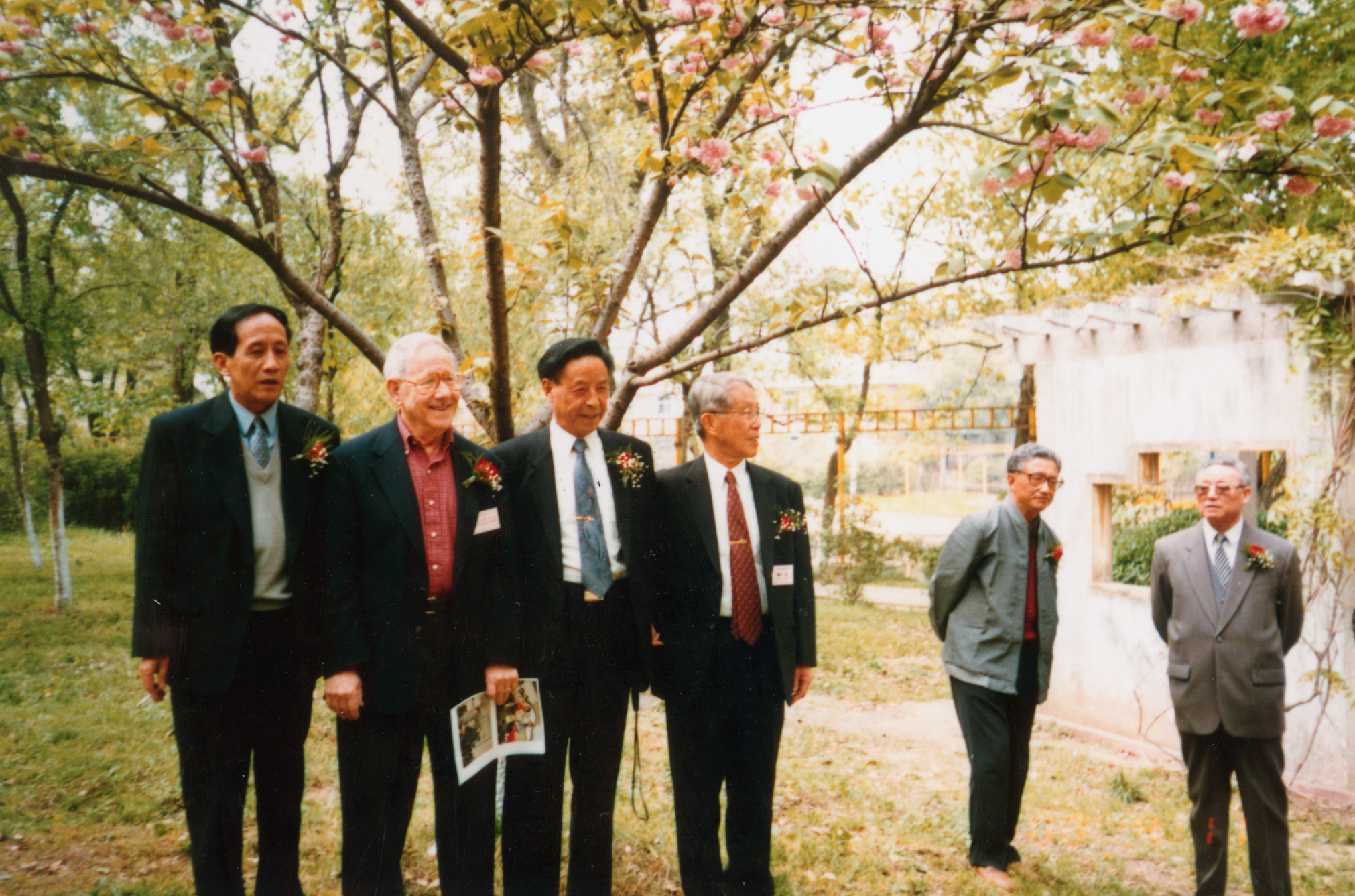
For the purposes of the Anqing visits, the Japanese veterans group called itself the Anqing Sakura (Cherry Trees) Park Support Organization. The Anqing authorities were well aware they were dealing with veterans who had occupied their city, but there was never any mention of the wartime era. In discussions among themselves the veterans never bothered to hide their past, even when Chinese were present. Their age and, in some cases, a residual knowledge of Chinese, gave them away in any case.
It was as part of an invading army that these veterans had first come to Anqing. Now, over 60 years later, they were returning once again. Shortly after arrival, our group was received by Anqing’s municipal authorities with the usual formal introductions and brief welcoming remarks. That evening, the leaders of Anqing’s municipal government, its Communist party leaders, as well as dignitaries of the Foreign Affairs Office of the local government (the ubiquitous foreigner handlers in today’s China) hosted us at a sumptuous Chinese dinner in a fancy dining facility. The mutual and clearly genuine expressions of great pleasure at meeting old friends were unmistakable.
Liquor, in the form of beer, Chinese wine, and the more lethal mao-tai, flowed in great quantity. Participants walked around and offered numerous personal toasts. In the Chinese fashion, the food was more than ample. As the evening warmed up, a microphone was produced for karaoke and individuals were urged to sing in both Japanese and Chinese. I contributed to international friendship by singing “I’ve Been Working on the Railroad” in which, to my amazement, some of the Chinese and Japanese joined in.
Videos also provided the Chinese and Japanese texts of popular songs, usually with sensuous Chinese models gyrating to the music. Everyone joined in, each person singing in his own language. The following evening our group hosted a similar party with a slightly different guest list of Chinese dignitaries. This time, for example, Oda had thoughtfully included the widow of the man who had been mayor of Anqing when the friendship visits began. On these and all subsequent occasions I was treated with the utmost courtesy as a member of the Japanese group.
One afternoon, Anqing’s authorities invited us on a tour on the Yangtze River, which is almost a mile across at Anqing. Some 300 miles inland, this majestic river was teeming with commercial traffic. One of China’s tallest pagodas stands just off the river’s embankment, and for Oda it held a special significance. During the war, he would occasionally return from sorties against Chinese forces up the river, and when his ship rounded a bend and he saw that pagoda he would be thankful for having safely made it “home” once again. Oda only lamented that all the recent industrial construction around the pagoda made it seem so much smaller and less imposing than he remembered it. If the Chinese understood such explanations made in Japanese, they certainly gave no hint that it bothered them.
Another day we visited a model school that had been constructed adjacent to the site of the old school where Oda’s unit was housed during the war. This history appeared to cause the current school principal no concern. She briefed us on her school that drew some of the most gifted pupils from throughout the city, based on recommendations. It was not entirely clear whose recommendations were required, but it seemed that Communist Party approval was a distinct asset. Many computers were in evidence. In a third-grade class, English was being taught. Despite the fact that this classroom held 56 children, two seated at each desk, discipline was exemplary. Outside, some of the older children were engaged in athletics with a distinctly military flavor, which led one of my travel companions to comment wryly that it reminded him of prewar times in Japan.
One of the highlights of the visit to Anqing was a demonstration of the ancient art of calligraphy. A master of the art, with a face that could have come from a scroll depicting ancient sages, drew Chinese characters to the accompaniment of appreciative sounds from the visitors. Examples of calligraphy and paintings of Chinese scenery on scrolls were hung around the room and offered for sale. It served to remind one that Japan’s cultural and artistic roots were in China, and that a common appreciation for the aesthetic aspects of their form of writing was clearly one of the bases for mutual understanding between the two peoples.
There followed a personal tour of downtown Anqing led by Oda. It was another stop on his sentimental journey into the past. We saw where his office had been, where the feared Kempeitai (Japanese military police) had had their headquarters, and where the military PX and Japanese consulate had been located. In fact, owing to urban renewal, none of the wartime buildings remained.
Of somewhat greater interest was a narrow alley lined with small shops on either side that was one of the very few city sights that had remained virtually unchanged. This was where souvenirs could be bought during the war and different ones were on sale again. The general area where the military brothel (“comfort facility”) had been was also pointed out to me in the distance. One of our members, who may have been somewhat of an expert in this area, matter-of-factly noted, without further comment, that the oldest prostitutes had been Japanese, the youngest were Chinese, and those in-between were Korean.
Another travel companion, who had been a medical orderly during the war, told me that he detested having to perform periodic medical inspections at the brothels where venereal disease was rampant. He often arranged surprise inspections because the women usually fled if they knew he was coming. In discussing this aspect of Japanese military life, and in veterans’ autobiographical accounts, references to the brothels were made so matter-of-factly that current Western anger about wartime, allegedly forced prostitution in Japanese-occupied areas would only be met by incomprehension.
Prior to World War II, brothels were fully accepted throughout East Asia as a necessity, and not even a disagreeable one as a means to protect “respectable citizens” from the excesses of victorious troops. Young women were routinely sold into prostitution by poverty-stricken farmers and fishermen in what was considered simply one of the many hard facts of life. It was a very different time when women had no rights in custom or law.
Our third and last day in Anqing was marked by the official opening of its annual cherry blossom festival, attended by numerous prominent local officials. The Japanese delegation was given the seats of honor in a pavilion where lunch was served. Performances by acrobats, singers, and traditional dancers were well received. The festivities were captured by TV cameras for airing on the local station. As this was the final event scheduled for Anqing, it also marked the last time for the veterans to express their appreciation for the many courtesies received. For at least the Japanese visitors this was an especially emotional time, since it was likely that it marked the final chapter in this particular Sino-Japanese reconciliation.
The following day we traveled by bus through the Chinese countryside to Nanjing. The ride reflected the many different, often contradictory, faces of China. We passed a line of some 30 buses that had been stopped by the police, no doubt in connection with the protest signs with which they were festooned. Angry words were being exchanged. Our four travel guides (for a party of 14) were clearly embarrassed. The Japanese visitors politely strained not to see what was going on. I asked one of the guides what the commotion was all about, but he professed not to know.
A while later we came upon a large roadside billboard that featured Mao Tse-tung’s smiling face. I asked whether this was just left over from the distant past and forgotten. To the contrary, I was instructed that it had been erected more recently to commemorate Mao’s visit to the area. He had ordered the planting of tea, and this had worked out well for the community. His stock was therefore well up in this area, compared to that of the present government leadership. It appeared to be a subtle and relatively safe way to express disapproval of the current regime.
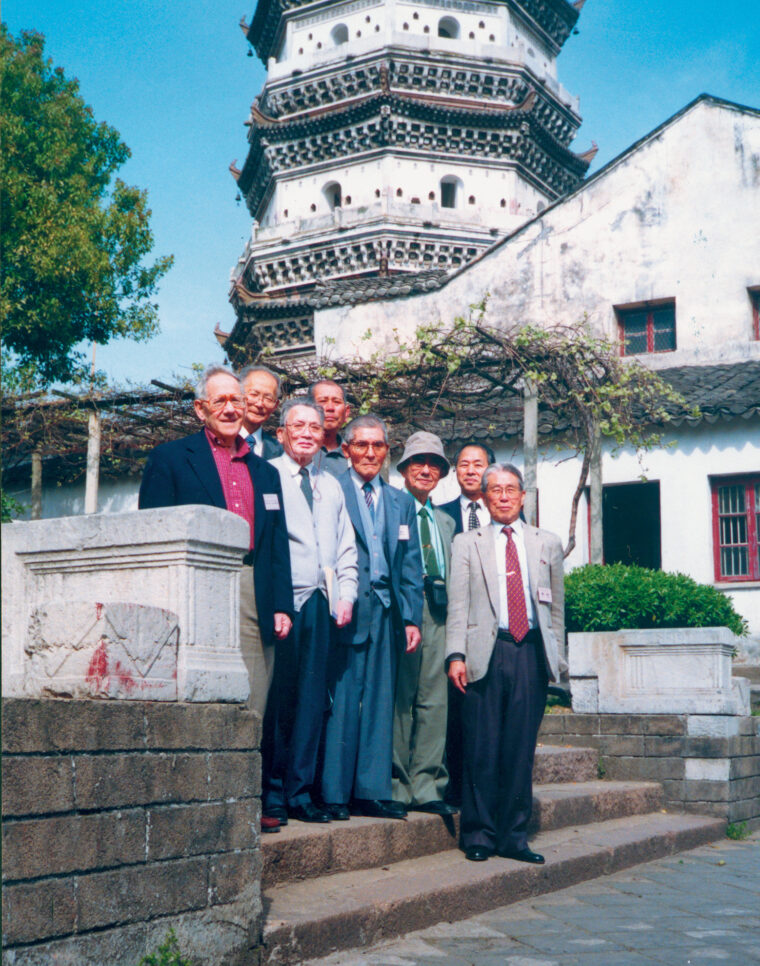
Our group spent an afternoon and the next morning seeing the sights of Nanjing, including the imposing remnants of the city’s wall, built 400 years ago during the Ming Dynasty. Only about 23 kilometers of the wall are left. Our guide ruefully explained that much of the wall had been dismantled in recent times, but was now being restored with Japanese assistance. Nanjing is not on the usual American tour of China, but we noted a number of buses with Japanese tourists. Brief discussions with them indicated they were members of a Sino-Japanese friendship organization.
The memorial to Sun Yat-sen, founder of modern China, who is claimed as the father of the Chinese Revolution by both the Nationalists and Communists, was our first stop. Located on Nanjing’s green outskirts on a sharply rising hill, the memorial was visited on that weekday by several thousand, mostly Chinese, tourists. The crowd was in a festive yet reverent mood. The memorial, established by the Nationalists after Sun’s death in 1925, looks out over the surrounding landscape. The Japanese veterans were duly impressed. It occurred to me that they would probably take some pride from the fact that Sun had spent considerable time in exile in Japan where he had founded an organization of revolutionary (anti-imperial dynasty) students. However, they might have failed to note that he had subsequently become the leader of a more nationalist China, which Japan had sought to crush in the 1930s.
Oda told me that he was determined for at least the two of us to visit the memorial and museum dedicated to the victims of the Rape of Nanking. He had asked the other members of the group whether they wished to come along. While all of them indicated a desire to go, it was unclear whether this arose from a real desire to see it, or if they wanted to avoid turning down such an invitation, which could have created a fissure in the group’s solidarity.
In marked contrast to the Sun Yat-sen Memorial, the Nanking Memorial had only a handful of other visitors aside from our group. We were informed that on another day we might have seen large groups of school children at the museum. In response to my question, our guide informed me that only one sitting Japanese prime minister had visited it, although he assured me that several more had paid their respects after they had left office.
The memorial is located in a relatively dilapidated part of the city, on a site where some of the atrocities took place. One grisly glass-enclosed area is allegedly a place where bones of victims are still being exhumed. Most of the museum is given over to pictorial and other evidence related to the massacre and events leading up to it. Blown-up pictures provide ample proof that the atrocities were on a very large scale. Nanjing was probably the best-recorded massacre in history, as a sizable contingent of eyewitness third-country nationals recorded what they had seen, and journalists from both China and Japan have provided corroborative accounts.
It was a moving experience to be confronted with evidence of so much killing, maiming, and abusing of innocent people. The quiet dignity of the memorial added to the impact. The reaction of our group was mixed. As Oda also observed, some took a long time to walk through the many rooms of exhibits; others were satisfied with more cursory looks and strode through rapidly. It seems likely that our group was representative of contemporary Japanese thinking about the Rape of Nanking. For those Japanese who still have an opinion concerning an event that took place 62 years earlier, perhaps half are willing to admit that Japanese troops committed a major atrocity in Nanjing. Others shrug it off as “the sort of thing that happens in every war,” and readily cite Hiroshima’s atomic destruction as another example of the deaths of many tens of thousands of innocent civilians.
In light of the recent focus on the Rape of Nanking, it may seem strange to Americans that virtually all of the Japanese veterans I talked with claimed they had no knowledge about the event during the war. Those who participated in it apparently kept their mouths shut. By and large, moreover, Japan was then under tight censorship, and troops in one area of the country did not know about events in other theaters of operation. With the end of the war, anyone with direct knowledge of the Rape of Nanking would have wanted to avoid falling under suspicion of having committed war crimes, and in fact a number of Japanese soldiers were convicted of crimes related to the massacre.
The last day of our trip was reserved for sightseeing in Shanghai. There one could not help but observe the ubiquitous signs touting Japanese products, especially consumer items such as TVs and office machines.
My visit to Anqing was remarkable for what it represented on at least three counts. The most significant aspect of the Anqing Sakura Park Support Organization’s repeated visits to China was that they took place at all. They resulted from an entirely private initiative that reached across international boundaries and years of enmity. As such, they were also an outgrowth of present-day democratic Japan. Of course, the visits also required the increasing willingness of Chinese authorities to permit, even support, such international contacts. That the initiative succeeded so well in penetrating the barriers of mistrust is a tribute to the Japanese who undertook it, against all odds, and to the Chinese who responded to the gesture of atonement.
Today such visits are not nearly so newsworthy. The Japanese are anxious to forge a better relationship with their large neighbor and have established strong business and financial ties. The fact that China is now more or less united, confident of its future, and eager to pursue the economic goals that Japan has already achieved makes it easier to establish such relations. Largely gone, for example, is the arrogance that the Japanese formerly displayed toward the more backward Chinese; it has been replaced by respect for China’s recent economic strides.
It is also significant that these visits to China occurred because of the persistence of a single Japanese individual. In prewar Japan it would have been inconceivable for a Japanese citizen to have undertaken such an approach toward a foreign community; such an initiative would have been carried out, if at all, by the government through its channels, and might have been placed in private hands only later.
Finally, it is noteworthy that the reconciliation came about as the consequence of a Chinese proposal that responded to charitable acts by a group of Japanese. The carefully calibrated exchange of gifts as an element in smoothing interpersonal and intercorporate relations has been a long-standing element of Japanese culture. Charitable giving—which requires no quid pro quo, however—has been a post-Occupation phenomenon. Therefore, it is even more remarkable that it was applied with notable success to the relations between a private Japanese veterans group and a foreign governmental entity.
Despite the Chinese government’s efforts, from time to time, to keep alive the memory of Japanese atrocities, that era is bound to come to a close swiftly. The generation of Japanese who participated in them is rapidly passing from the scene, as is the generation of Chinese who became its victims. Japan and China still eye each other warily, but they appear also to understand the mutual advantages of cooperation. Just as there are tens of thousands of Chinese students studying in the United States and soaking up its culture, there are also 60,000 Chinese students studying at Japanese universities. Many Chinese are also taking advantage of opportunities to gain experience in Japanese factories and business offices. Americans and Japanese are competing with each other in efforts to be China’s chief trading and investment partner.
I had the opportunity to see that there were Japanese and Chinese who were prepared to go the extra mile to set aside old enmities and to forge ties of friendship and reconciliation between the two neighboring economic giants of East Asia. I had seen firsthand how well this had been accomplished. Now it will be up to a younger generation of Japanese and Chinese to carry it on.
Ulrich A. Straus lives in Northpoint, Michigan. His book, The Agony of Surrender: POWs of World War II, will be published by the University of Washington Press in fall 2003.
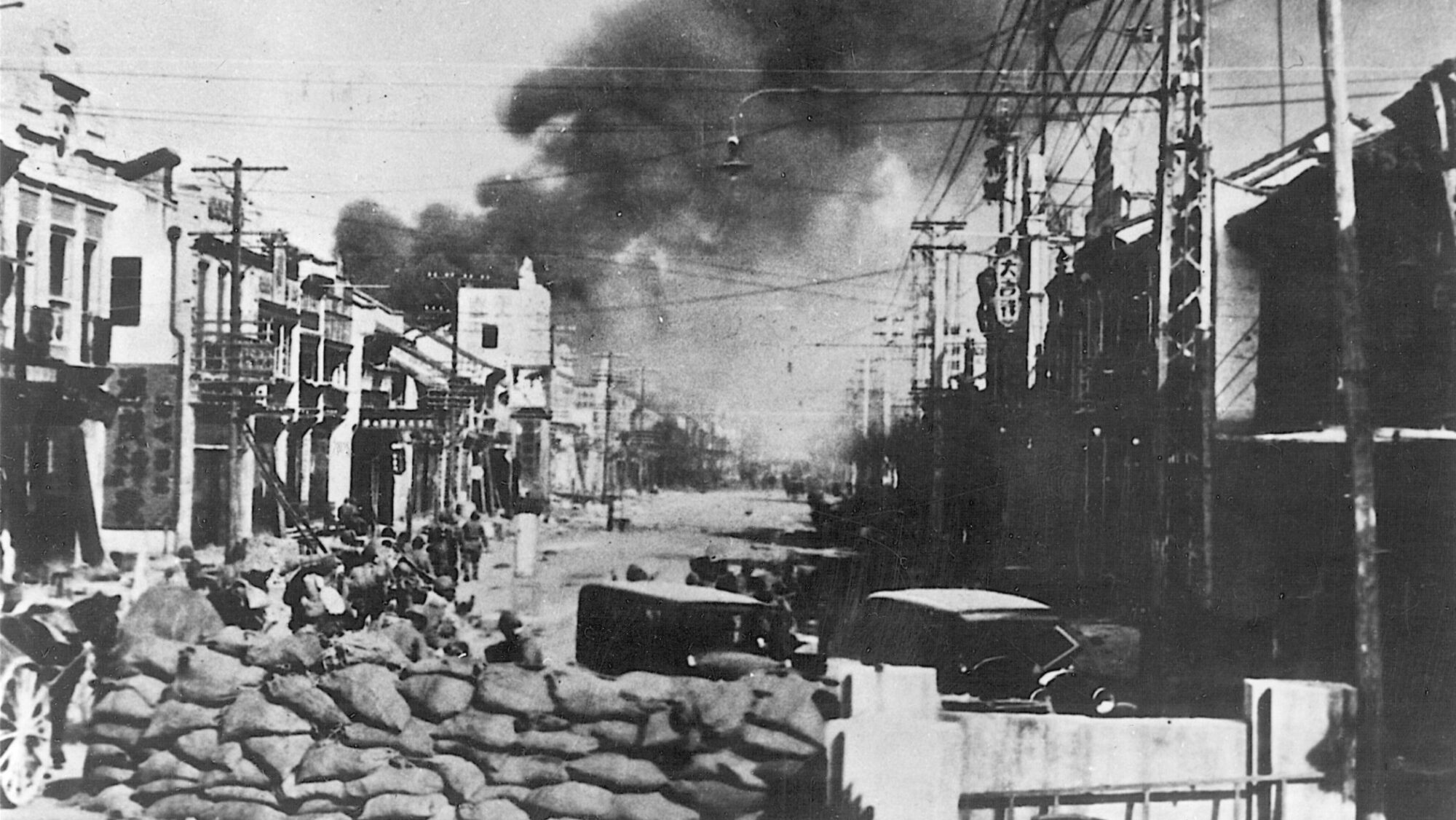
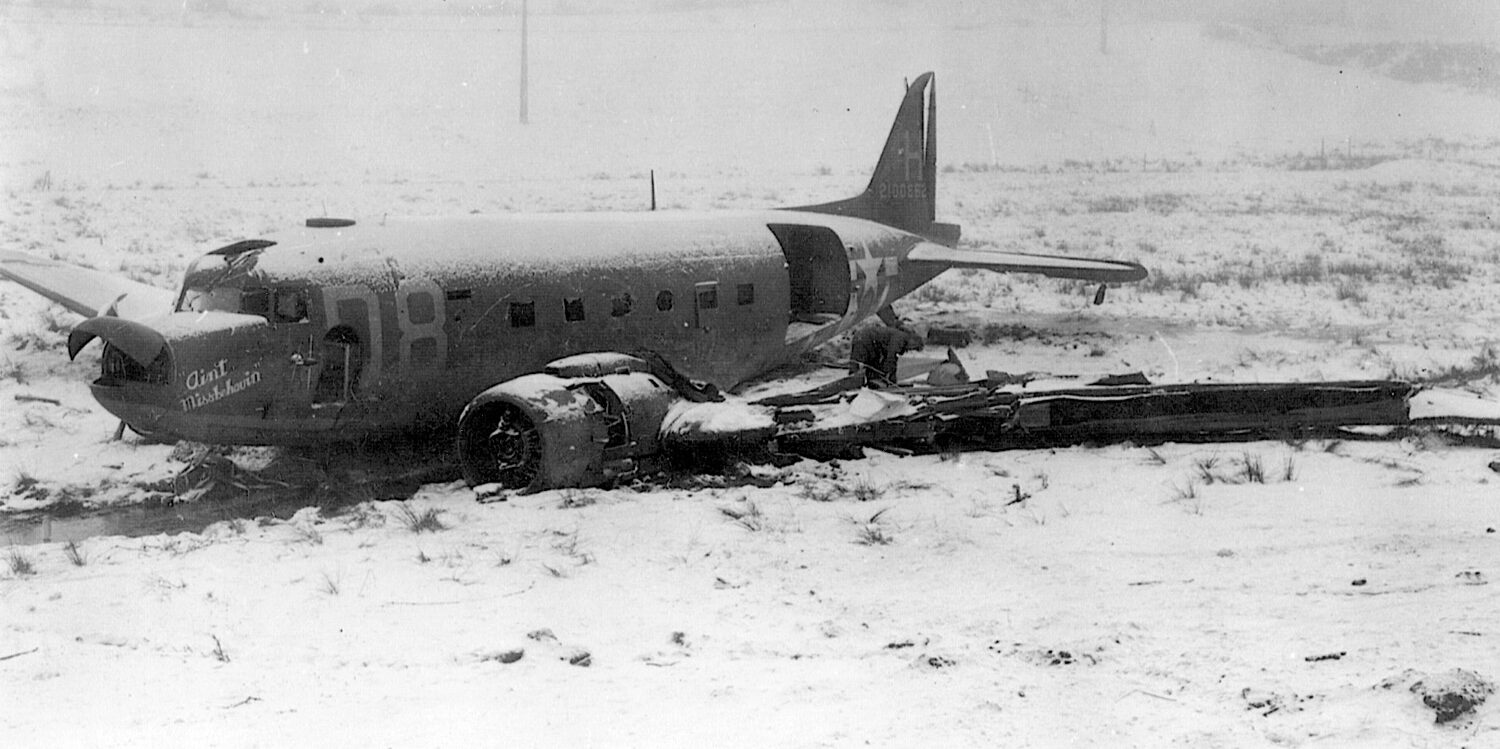
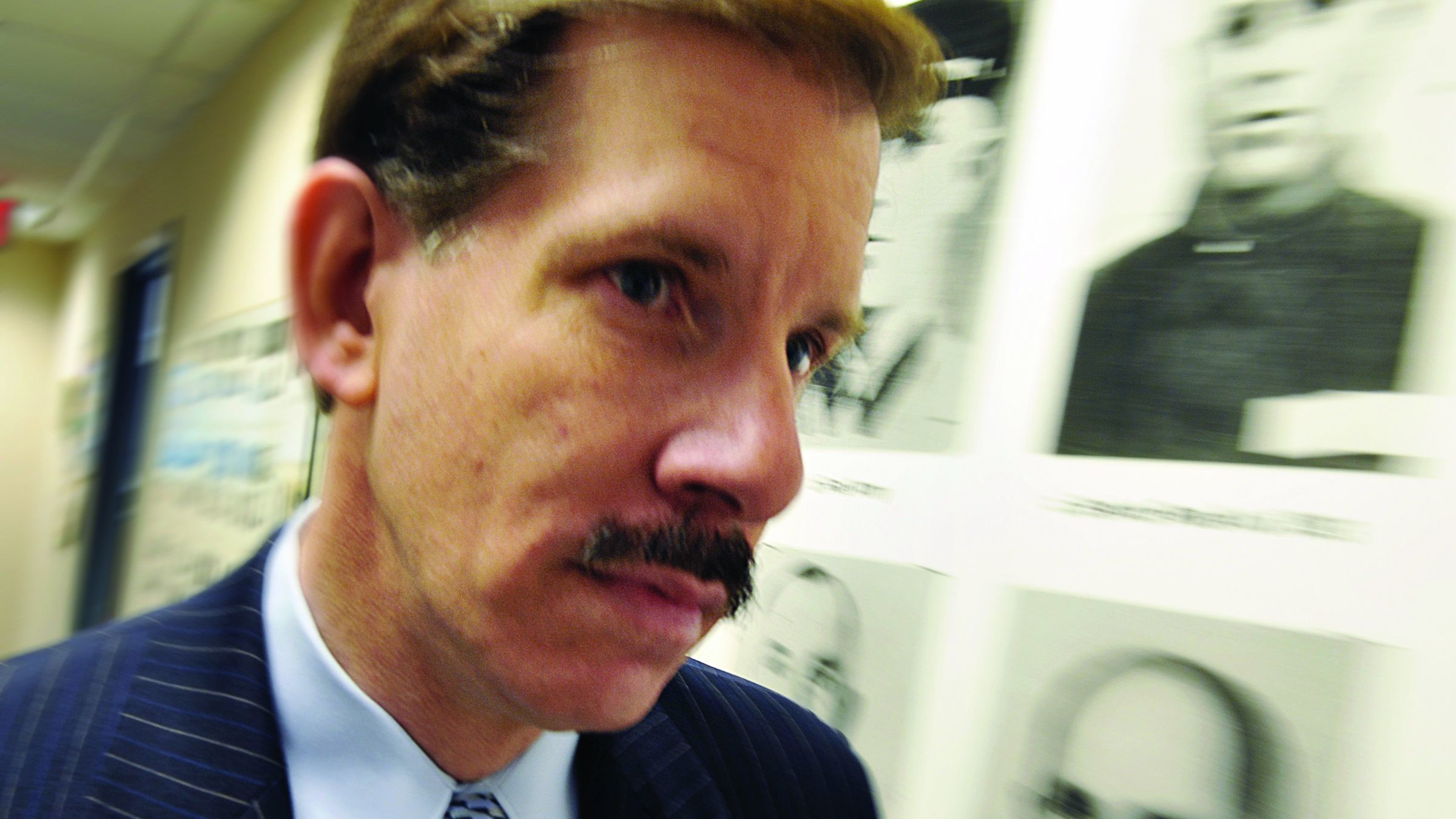
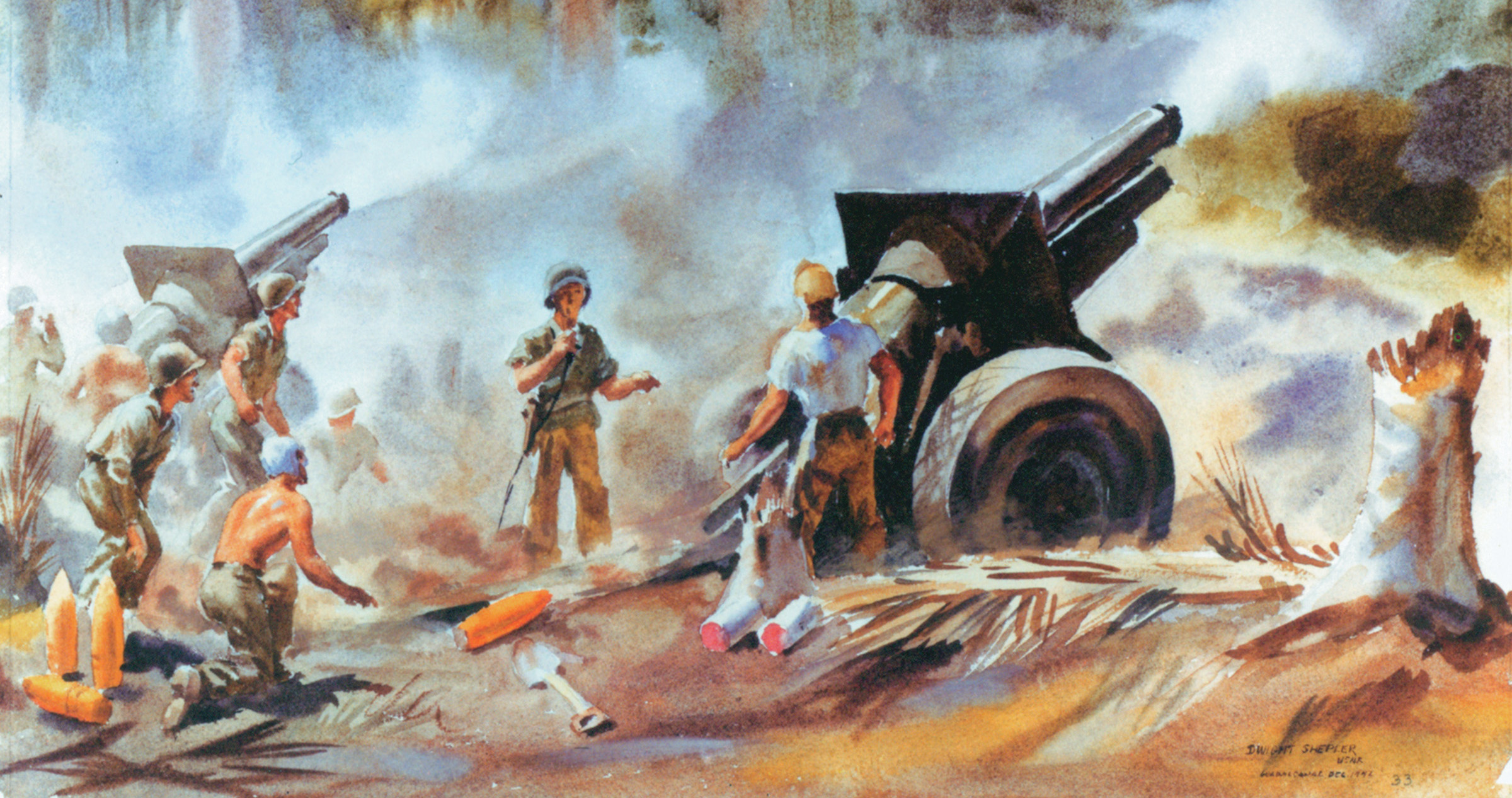
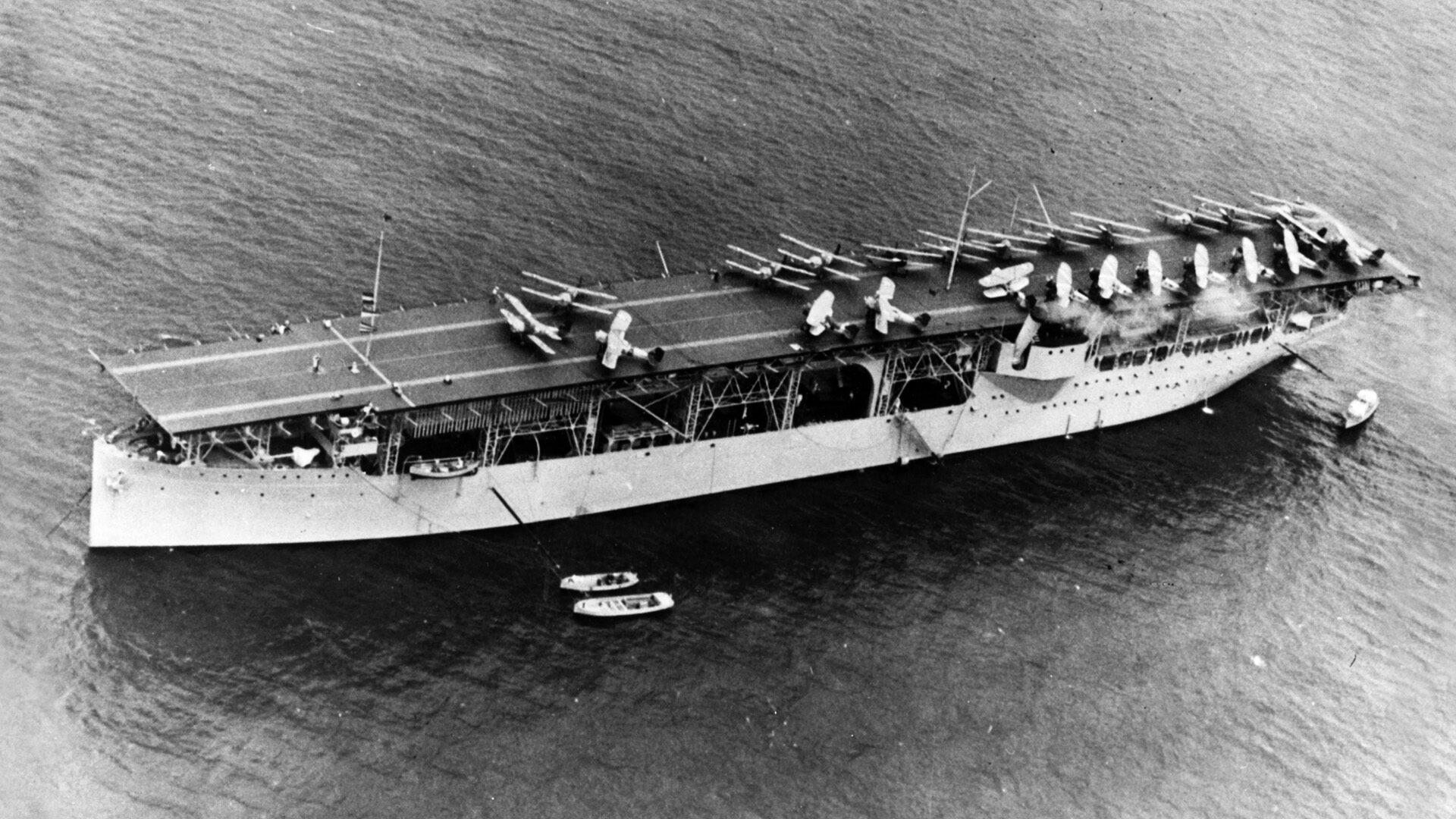
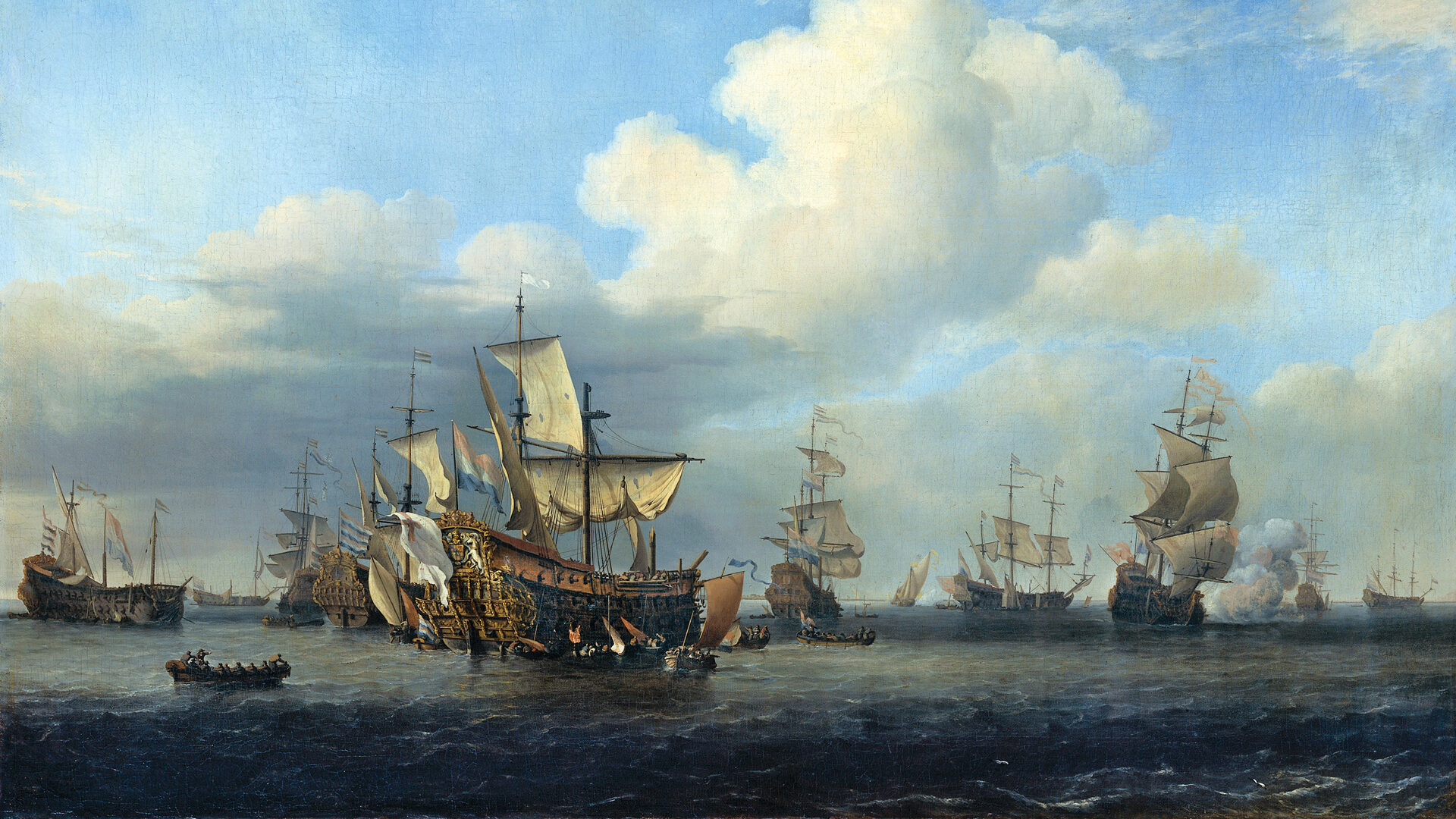
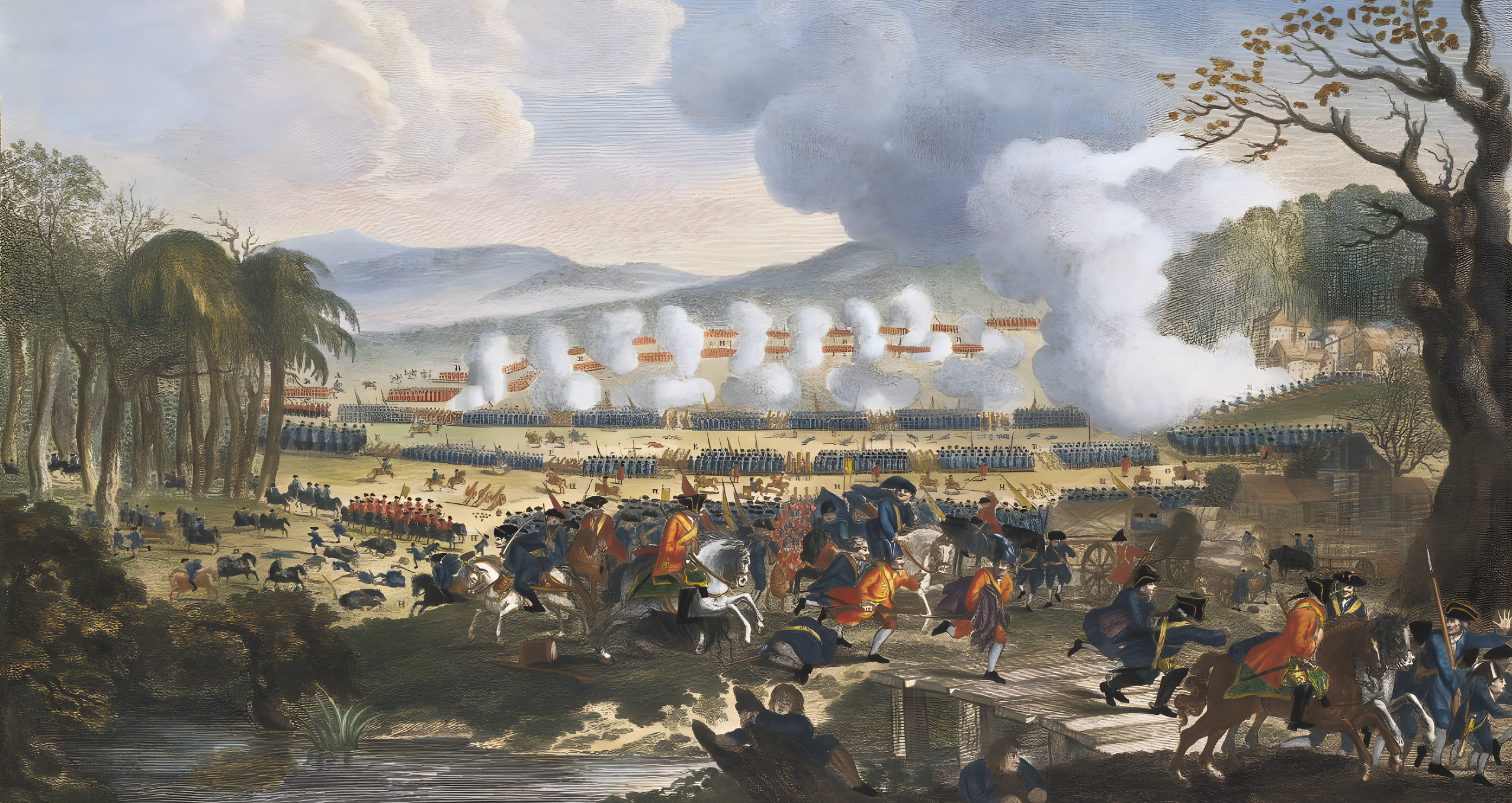
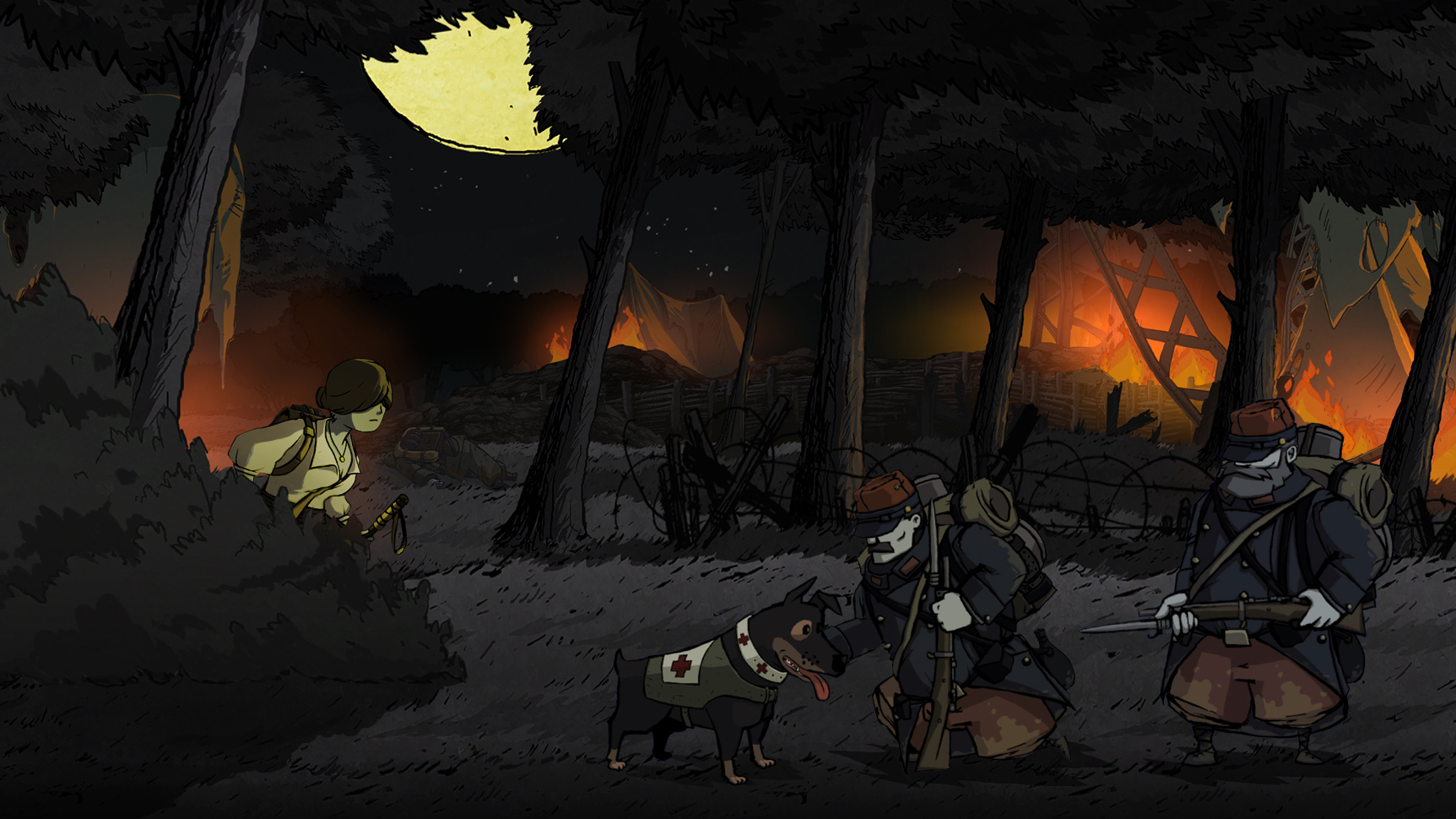
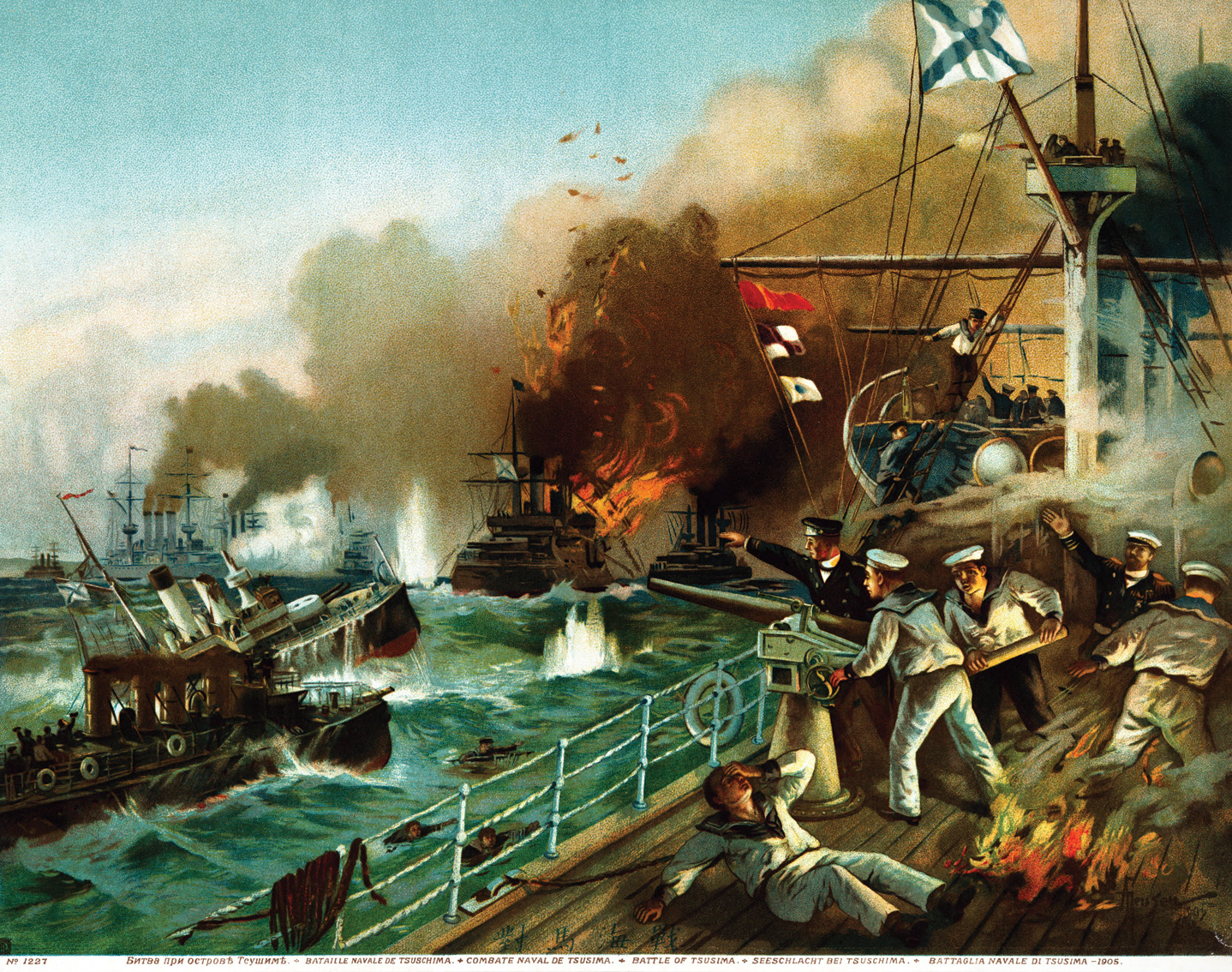
Join The Conversation
Comments
View All Comments